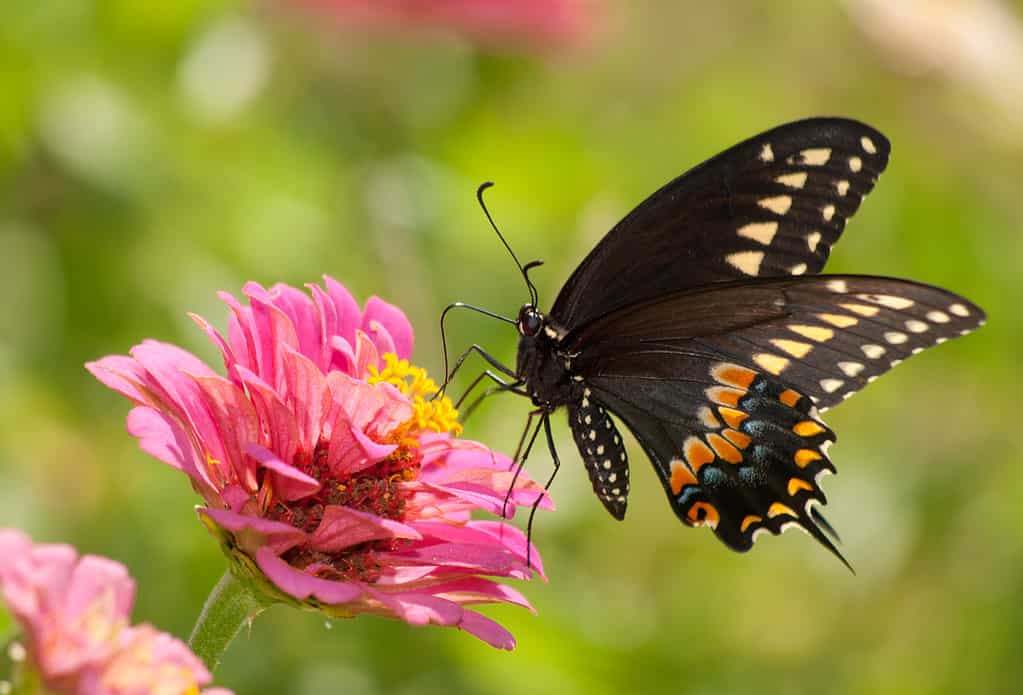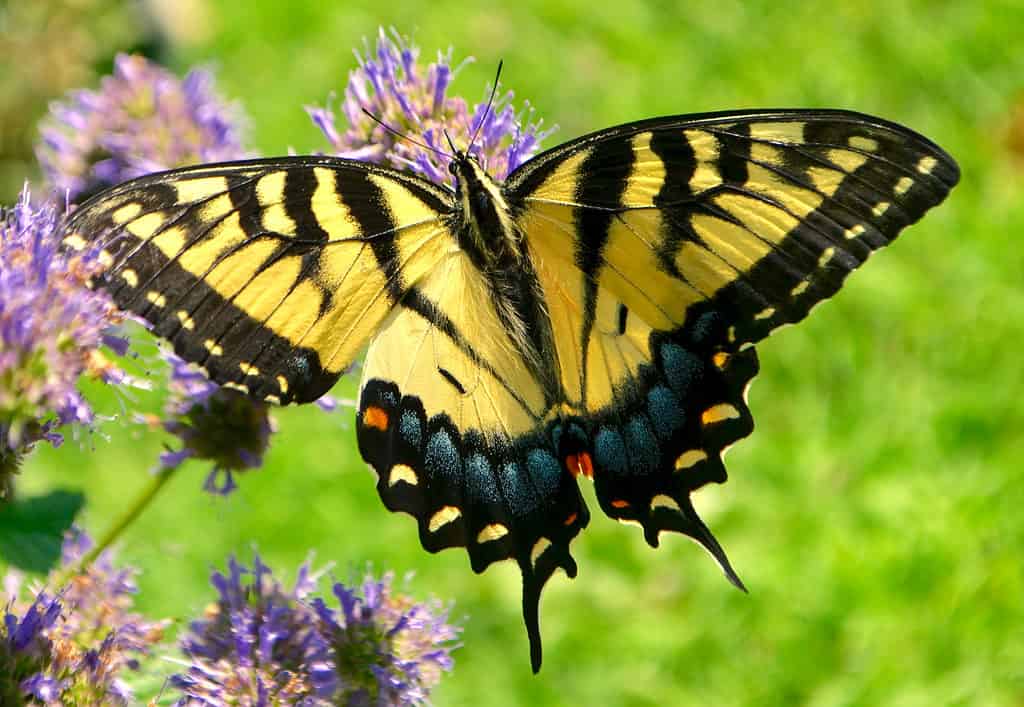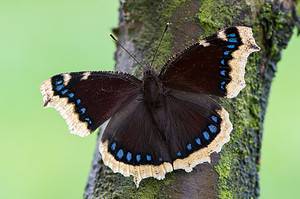Butterflies are beautiful and delicate creatures that liven up any garden, so it’s no surprise that many people want to attract them. In addition to their beauty, they are important pollinators. Without butterflies, many plants would have increased difficulty reproducing, leading to a decline in their populations. However, butterflies can be elusive and picky about what gardens they frequent. Today, we’ll discuss some reasons why butterflies may be avoiding your garden.
1. There Aren’t Enough Food Sources for Caterpillars

North American monarch butterflies take part in a great overwinter migration, traveling roughly 3,000 miles.
©iStock.com/CathyKeifer
The first step in cultivating a booming butterfly garden is creating a place favorable for caterpillars to grow. If you can make your garden an attractive spot for a female butterfly to lay her eggs, you’ve already won half the battle. That being said, it’s unlikely that a garden devoid of caterpillar food will be chosen. When caterpillars emerge from their eggs, they have a ferocious appetite, eating and shedding repeatedly until they’ve grown nearly 100 times larger. The bottom line is that if you don’t have enough resources available for caterpillars to feed on, they won’t be able to bulk up enough for their metamorphosis.
Unlike butterflies, caterpillars don’t drink nectar, so be sure to grow plants they like to snack on. There is a variety of foliage capable of sustaining a healthy caterpillar population. For example, if you want a garden full of monarch butterflies, consider planting some milkweed. If black swallowtails are your preference, try to plant dill, fennel, and parsley. Adding the larva’s favorite snacks will greatly increase your chances of attracting them. Different species of caterpillars have their own specific preferences, so it’s best to do a little bit of research before purchasing plants for your garden.
2. There Aren’t Enough Food Sources for Adult Butterflies

The black swallowtail butterfly is commonly found across North America.
©Sari ONeal/Shutterstock.com
Even if your garden is booming with caterpillar activity, if there’s no nectar for adult butterflies to feed on, it’s likely that they’ll leave after emerging from their chrysalises. Luckily, there are a variety of plants and flowers you can grow that are beloved by butterflies. In spring you can plant lavender, snapdragons, and catmint to attract those who emerge early. In summer, bee balm and zinnias are some of their favorites. Also, there is an abundance of fall-blooming flowers that butterflies love as well. Asters and coneflowers are easy to care for and provide a great source of late-season nectar that’s sure to make your garden a hot spot.
There’s even a plant called butterfly bush you can grow. Butterfly bush is famous for its magnetic pull, attracting a wide variety of butterflies to any garden. However, this plant is considered invasive in some areas and has a tendency to spread aggressively. It is best to call your local agricultural office before planting to inquire about its status.
3. They Detect the Presence of Chemicals or Pesticides

The
tiger
swallowtail gets its name from its yellow and black “tiger-striped” wing pattern.
©Maria T Hoffman/Shutterstock.com
It may seem a bit obvious, but chemically treated gardens will be a great deterrent for butterflies. Spraying your garden with insecticide might seem like a quick fix, but the truth is that the chemicals linger for longer than you’d imagine. In an attempt to spray away pest insects like mosquitos, you might kill off the desirable ones too, like bees, fireflies, butterflies, moths, and ladybugs.
Luckily, there are many natural deterrents you can employ instead of using pesticides. For example, essential oils are a well-known natural method for repelling mosquitos. Try using lemon, eucalyptus, lavender, cinnamon, or tea tree oil.
4. You’re Not Looking at the Right Time

Most butterflies live for roughly two to four weeks, but the monarch butterfly can live up to nine months.
©Noradoa/Shutterstock.com
Maybe it’s not the case that butterflies are avoiding your yard at all. If you work a day job, it can be easy to miss butterflies as they visit your garden. Butterflies are active during the daytime, making them a diurnal insect. If you’re away from your garden between the hours of nine and five, it’s likely that you’re missing peak activity. By the time the sun starts to set, butterfly activity will naturally wind down as well. Try your best to carve out some time during the morning or on the weekend to butterfly-watch. If you’ve followed all the steps above and you still don’t feel your efforts were successful, looking out at a different time of day might be your best bet.
Final Thoughts
Attracting butterflies to your garden can feel complicated and difficult. Luckily, with proper research and planning you can create an environment that they will thrive in. In addition to avoiding pesticides and planting their favorite snacks, you can also set up butterfly houses and sprinkle around fresh fruit. After making these changes, your garden will be transformed into a butterfly paradise.
| Type of Butterfly larvae | Preferred Food Source |
|---|---|
| Monarch | Milkweed leaves |
| Black Swallowtail | Dill, Fennel, Parsley, and Carrots |
| Tiger Swallowtail | Cherry, Birch, and Willow |
| Cabbage White | Cabbage and Broccoli |
The photo featured at the top of this post is © David Trevarthen/Shutterstock.com
Thank you for reading! Have some feedback for us? Contact the AZ Animals editorial team.







